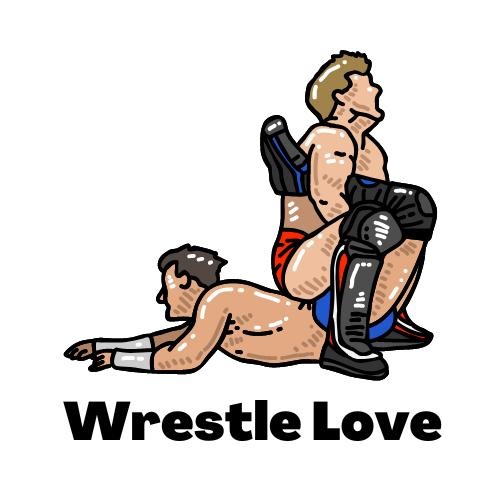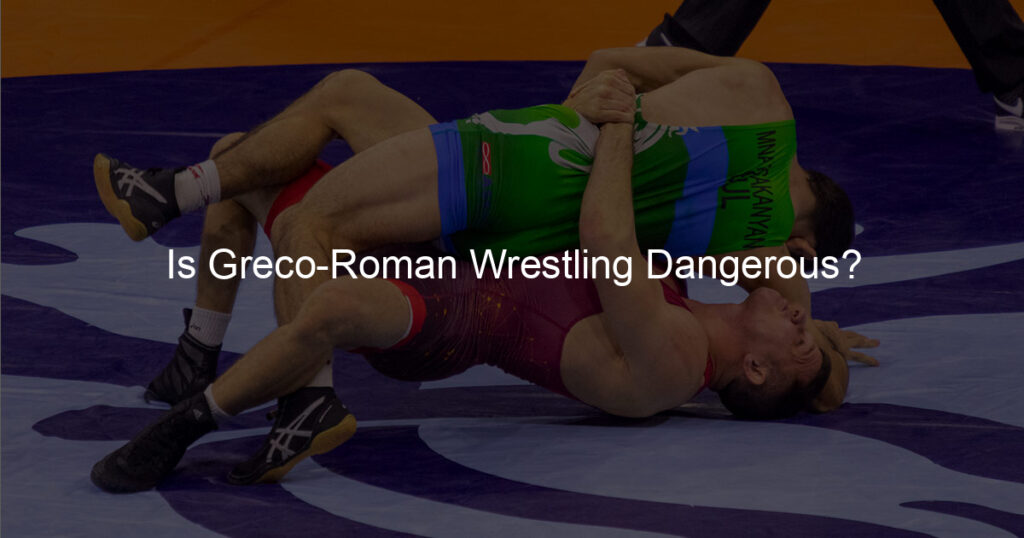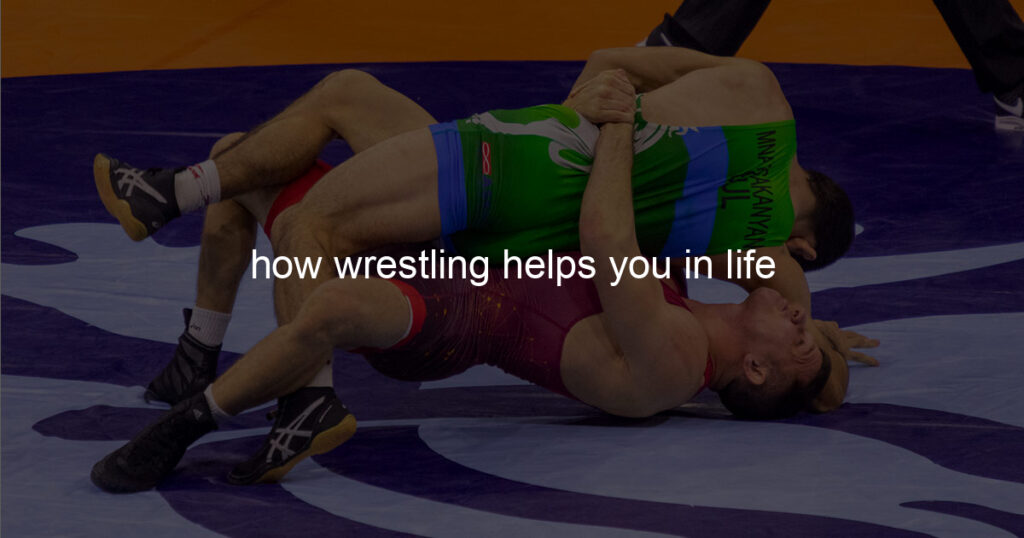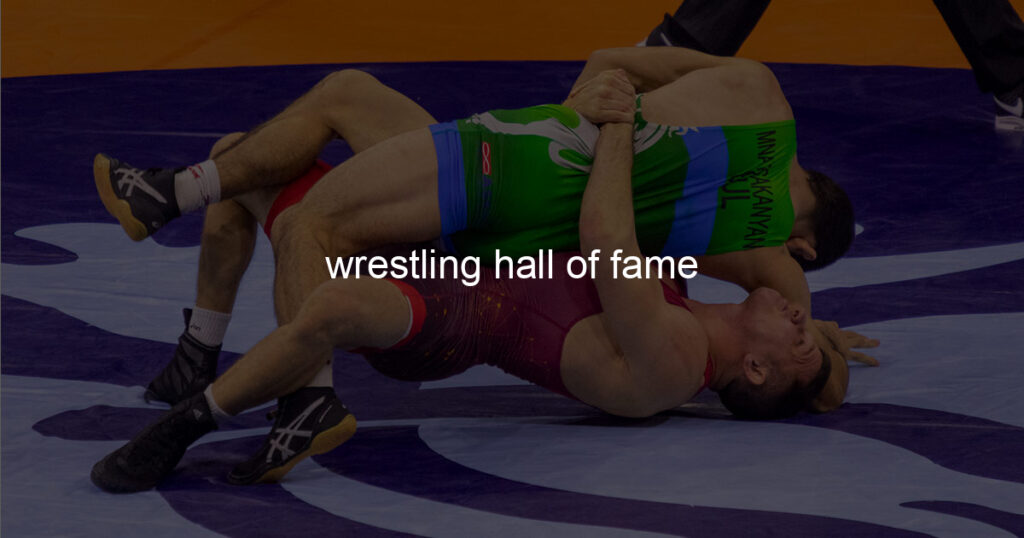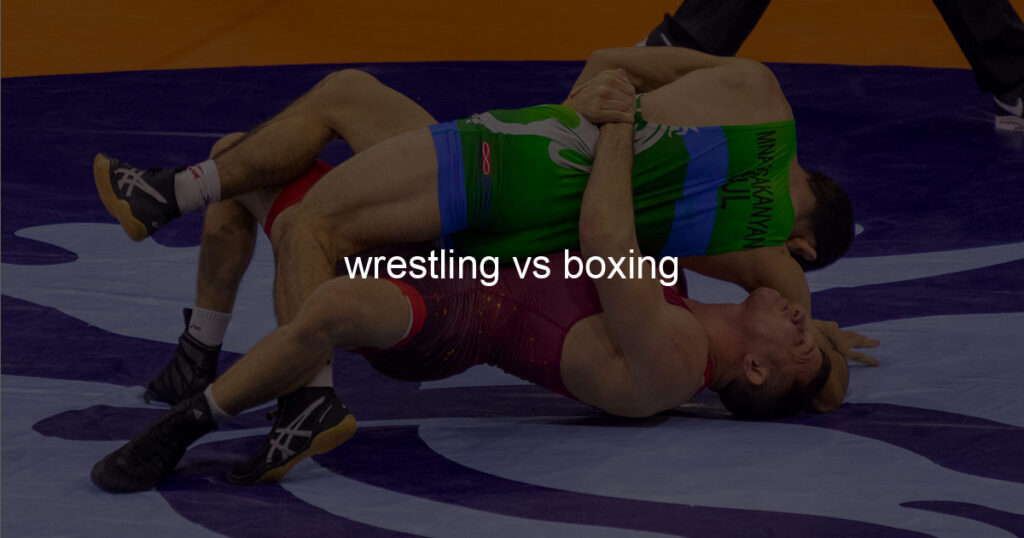Wrestling is widely considered to be a physically demanding and dangerous sport; however, the potential risks posed by Greco-Roman wrestling may surprise some. While all competitive matches can become intense, particularly at higher levels of competition, avoiding injury is key for any wrestler looking to have a successful career.
In this blog post, we’re going to dive into what exactly risk factors are associated with Greco-Roman wrestling and how they can be managed or mitigated. From promoting safety protocols within practices and competitions to understanding the physicality of it all – we’ll cover everything you need for being safe during your foray into the world of Greco-Roman wrestling.
Is Greco-Roman safe?
The answer to whether Greco-Roman is safe primarily depends on the individual and their situation. As with any activity, there are potential risks that should be considered.
It’s always a good idea to properly assess the space you will be in and take the necessary safety measures ahead of time, such as wearing the right protective gear and adjusting any particular movements or techniques to best protect yourself and your training partners.
On an overall level, Greco-Roman may seem intimidating for some, but it’s a sport that can be enjoyed safely so long as common sense is used. With enough research before joining any practice and remaining mindful during every session, this ancient form of wrestling can remain accessible and fun for those looking to try it out.
What are the injuries in Greco-Roman wrestling?
Greco-Roman wrestling is a full-contact sport, so it’s not surprising that injuries sometimes occur. The most commonly reported injuries for Greco-Roman wrestling are knee, ankle, shoulder, and elbow issues.
Knee injuries can range from ligament sprains and tears to hyperextensions and patellofemoral pain syndrome. Ankle injuries are more likely to occur when the wrestler is placed in an awkward position, such as during a takedown or pinning maneuver.
Shoulder dislocations and stress fractures also happen occasionally in Greco-Roman wrestling due to the amount of strength required in throws and hold.
Lastly, elbow issues often come from locking elbows with an opponent while trying to establish a dominant control hold. Proper training can help minimize the risk of injury in Greco-Roman wrestling; however, it is still important to take appropriate precautions if participating in this sport.
What is not allowed in Greco-Roman wrestling?
In Greco-Roman wrestling, there are a couple of rules practiced to ensure both wrestlers’ safety. Consulting is strictly not allowed, which involves outside assistance from coaches or teammates. Any contact below the waist is also not allowed and neither one of the wrestlers can trip their opponent using the legs.
One of the most important guidelines within this type of wrestling is to not attack an opponent’s eyes, ears, or nose – no blatant punches, slaps or other types of eye gouging will be tolerated! Since Greco-Roman wrestling consists of gripping your opponent’s clothing it has been suggested that wrestlers wear tight-fitting singlets with long tights as they provide better maneuverability.
No grabbing or holding one another’s hair either! When these rules are followed and respect for each other is present, the match should run smoothly and make for an enjoyable experience for all involved.
Can you choke in Greco-Roman wrestling?
Greco-Roman wrestling is an ancient and highly competitive sport where opponents attempt to pin each other down to win. Interestingly, one of the most crucial elements of this sport is the prohibition of choking your opponent. With its roots in ancient Greece, Greco-Roman wrestling forbids performers from using any holds that involve “pressure on the throat”.
While this rule naturally limits a wrestler’s strategy when trying to gain an advantage over their opponent, it ultimately serves as a safety measure by preventing possible injury or even death due to excessive choking pressure. As such, it emphasizes not only the spirit of competition but also the need for safe sporting practices.
Which is harder Greco-Roman or freestyle wrestling?
Greco-Roman and freestyle wrestling are two distinct types of wrestling with different rules, styles, and levels of intensity. It is a difficult question to answer because both require tactical skills and a great deal of physical strength to be successful.
Greco-Roman wrestling involves holds that only target the upper body, whereas freestyle allows for leg grabs and takedowns. This means Greco-Roman includes a greater emphasis on upper body power and technique, while Freestyle also requires speed and agility generated from the legs.
Ultimately, both forms of wrestling bring out high-intensity efforts and require dedicated training to excel in either style. Both are equally physically demanding and mentally challenging sports.
What skills does Greco-Roman wrestling improve?
Greco-Roman wrestling is an intense sport that develops physical and mental strength. Athletes who train in Greco-Roman wrestling gain improved muscle tone, stability, flexibility, and core strength from practicing their techniques and moves.
Not only does this style of wrestling improve a person’s physical condition, but it also helps them develop emotionally by teaching self-discipline, courage, and respect for the opponent. Greco-Roman wrestling puts athletes in challenging situations where they must utilize both strength and technique to come out on top; it teaches many invaluable lessons that can be used outside of sports.
Furthermore, this style of wrestling sharpens agility, speed, and coordination. With a dedication to practice, wrestlers become well adept at reacting quickly while performing precise maneuvers with precision – qualities that are necessary even in everyday life.
Is Greco-Roman wrestling good for Self Defense?
Greco-Roman wrestling is an Olympic sport that can also be used to prepare someone to defend themselves if needed. The rules are simple – the goal is to lift and throw your opponent, pin them down on their back, or make them submit by applying pressure on joints.
It’s an activity that encourages physical contact while also promoting physical development, body control, and strength. You’ll still need to implement proper technique when using its moves for self-defense purposes – like perfecting a hip toss or suplex – but you will also learn invaluable stamina and endurance because of the long Wrestling matches.
Greco-Roman wrestling may not provide as much protection as other self-defense martial arts, but if it works for wrestlers in the Olympics, then it is certainly worth considering as part of one’s arsenal of self-defense skills.
Is Greco-Roman good for MMA?
Greco-Roman wrestling brings a unique blend of philosophies and techniques to the table, and when combined with modern mixed martial arts, it can create a truly powerful art form. The roots of this ancient form of combat stretch back thousands of years and are said to be related to legendary figures like Hercules and Achilles, who perfected their styles through the practice of Greco-Roman.
Today’s Mixed Martial Arts take a page from those same teachings and apply them in an ever-evolving art form that is rapidly becoming one of the most popular new competitive sports around. The result is MMA fighters who learn the fundamentals of both traditional hand-to-hand combat as well as the newer mixed martial arts disciplines, which have become a necessity for success in today’s increasingly competitive fight game.
No question that incorporating Greco-Roman wrestling into MMA training can be beneficial, as it provides an opportunity to mix knowledge of traditional martial arts with more modern MMA elements. The result can be incredibly successful fighters who possess a unique combination of speed, technique, strength, and agility that can allow them to take on almost any type of fighter they face in the ring.
Who is the strongest Greco-Roman wrestler?
Greco-Roman wrestling is one of the oldest styles of competition and it has produced some incredible athletes over the years. The strongest Greco-Roman wrestler to ever grace the stage is undoubtedly four-time Olympic Gold Medalist Carl Schuhmann.
His sheer strength and unrivaled skill have earned him many nicknames such as ‘Der Kampfgewaltige’ or ‘The Powerful Contender’. Throughout his illustrious career, Carl was notorious for winning even the most difficult matches quickly, a testament to his skill.
He was an absolute powerhouse whose power was unlike anything his opponents had ever seen, making him one of the greatest Greco-Roman wrestlers of all time.
Summary: Is Greco-Roman Wrestling Dangerous?
Greco-Roman wrestling is a dangerous sport, but there are plenty of safety measures in place to protect its athletes. As the governing bodies continue to evolve their rules and regulations, this form of wrestling will remain a popular and safe activity for years to come.
With modern technology and coaching methods improving the overall safety within Greco-Roman wrestling, this sport can still be enjoyed while minimizing potential risks. Those interested in trying it should consider looking into training options and ensure they’re getting proper instruction before taking part in a competition or any other form of athletic activity.
Though it carries certain risk factors like any other sport, Greco-Roman wrestling offers some unique advantages that make it an attractive option for those looking for an intense physical challenge.
Ultimately, the decision is yours — decide whether or not Greco-Roman wrestling is an appropriate addition to your lifestyle and learn how to do it safely to benefit from its inherent excitement.
